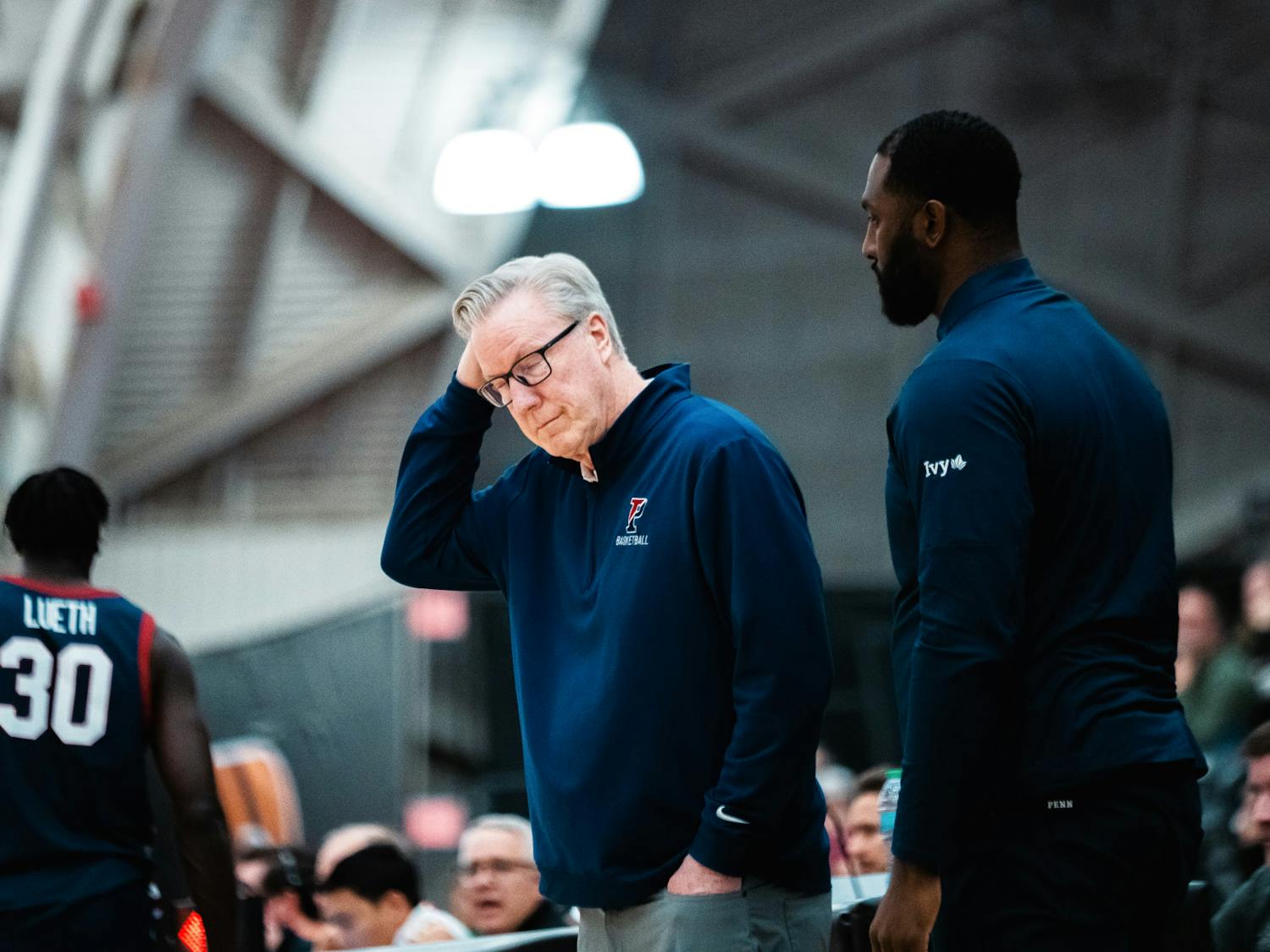Student-athletes have a lot to deal with between classes, personal obligations and a sport that can take up untold time and energy. And that's when they're healthy. When a student-athlete is injured, paperwork and administrative red tape are only some of the issues facing the athlete. The biggest issue is who pays for the student-athlete's medical and rehabilitation expenses. At Penn, every student must provide family or personal insurance that satisfies minimum standards outlined by the Student Health Service or enroll in the Penn Student Insurance Plan (PSIP), which provides students with Aetna/U.S. Healthcare insurance. Either of these options are considered the student's primary insurance. For athletes, their primary insurance does not always cover all medical bills. Penn head athletic trainer Mitch Biunno explained that the athlete's secondary insurance -- provided by the Office of Risk Management to all student-athletes -- pays any residual expenses that the primary insurance does not cover. This includes injuries occurring in games or practices. Biunno feels that the system works well and that Penn's policies are very similar to those at other universities. "The system is pretty clear-cut and standard," Biunno said. "I don't think there are any problems with it." However, according to one injured student-athlete who wished to remain anonymous, problems with coverage can arise. The student-athlete suffered a severe concussion last year in a preseason practice on campus. After taking an ambulance to the Hospital of the University of Pennsylvania and remaining there for three days, she received bills both at home and on campus. The student's primary insurance refused to pay for the ambulance and brief hospital stay. The athlete, who was "completely out of it" following the head injury, received little help from Penn following the incident. "After the concussion, there was no follow-up, no attempt to contact me," the athlete said. "It was my responsibility to hand in the insurance forms to the training office." However, the athlete was not made aware of this responsibility. Biunno admitted that oftentimes, there are delays in insurance payments, stemming from students not knowing to apply for compensation from their primary insurance company or from HUP waiting two to four months to send out bills. The student, who participates in a "less prominent sport" at Penn, feels that this lack of attention to athletes on these teams is not uncommon. "There is different treatment depending on which athletic team you play for," the student-athlete said. "If you play varsity basketball or football, the trainers obviously follow up and make the extra effort to help you." However for this athlete, in the end, everything was fine. Penn's secondary insurance paid the student-athlete's residual bill. "Overall, they were really helpful," the athlete said. "Everything turned out okay." Two Penn football players, Matt Dukes and Carton Rogers, who both suffered torn anterior cruciate ligaments over the course of the last two seasons, had minimal problems with Penn's athletic insurance policies. For Dukes, who acquired his primary insurance from Penn, there were problems with bills being sent to his home rather than to his campus address. "Sometimes, letters that I needed to give to people [at Penn] were sent to my parents," Dukes said. "It was very frustrating at times, but you learn to be patient and, in the long run, everything gets taken care of." For Rogers, whose primary insurance coverage is Blue Cross and Blue Shield, there were no problems. "Everything went really smoothly," he said.
The Daily Pennsylvanian is an independent, student-run newspaper. Please consider making a donation to support the coverage that shapes the University. Your generosity ensures a future of strong journalism at Penn.
Donate







